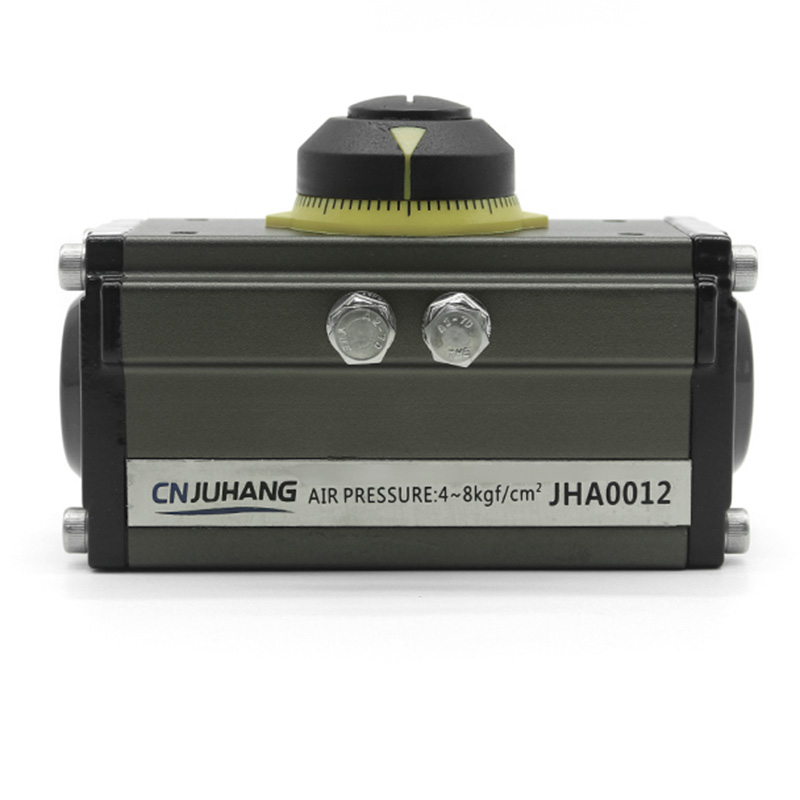What is Rack and Pinion Pneumatic Actuator
2025-06-05
A Rack and Pinion Pneumatic Actuator is a mechanical device that converts pneumatic (air) pressure into rotary motion, typically used to open or close valves such as ball or butterfly valves. It uses a rack and pinion gear mechanism to achieve controlled rotation.
Key Components:
Pistons – Usually two pistons move linearly inside a cylinder.
Rack – Attached to the pistons; it converts the pistons’ linear motion into linear gear motion.
Pinion Gear – Engaged with the rack; rotates when the rack moves.
Cylinder – The housing that holds the pistons and guides their movement.
End Caps – Seal the cylinder and often contain air ports.
Springs (in spring-return types) – Push the pistons back to a default position when air pressure is removed.
Working Principle:
Double Acting: Air pressure is alternately supplied to each side of the piston, moving it back and forth and turning the pinion gear in both directions.
Spring Return (Single Acting): Air pressure moves the pistons in one direction, and internal springs return them when air is released.

How the Rack and Pinion Works:
The pistons move linearly under air pressure.
The racks, attached to the pistons, engage the pinion gear in the center.
As the racks move, they turn the pinion, creating rotational motion (usually 90° or 180°).
Features & Benefits:
Precise control of valve rotation.
Simple and robust design with fewer moving parts.
Compact size compared to other rotary actuators.
Cost-effective and suitable for many industrial automation systems.
Common Applications:
Valve automation (especially ball and butterfly valves)
Industrial fluid control systems
Water treatment, oil & gas, and chemical plants
If you are interested in our products or have any questions, please feel free to contact us.


